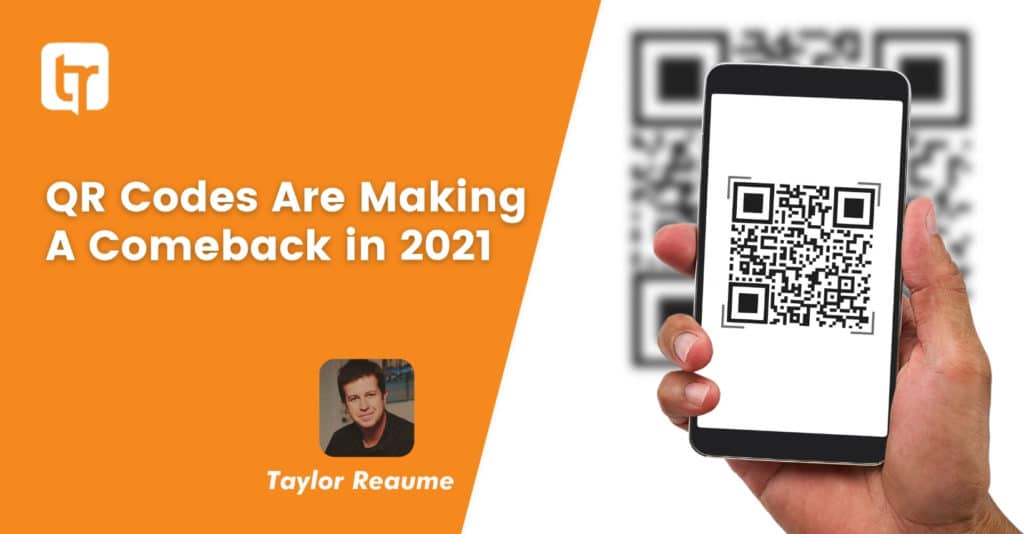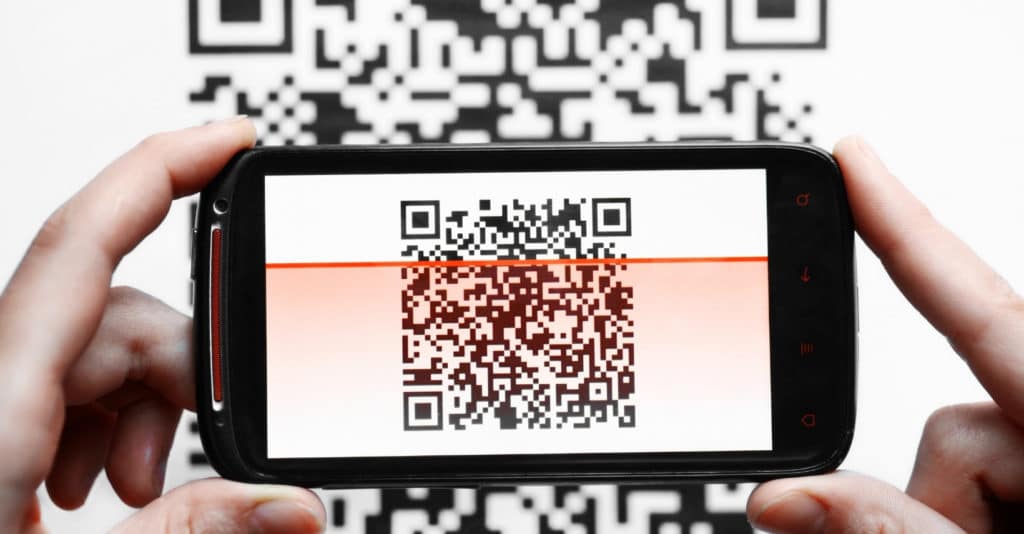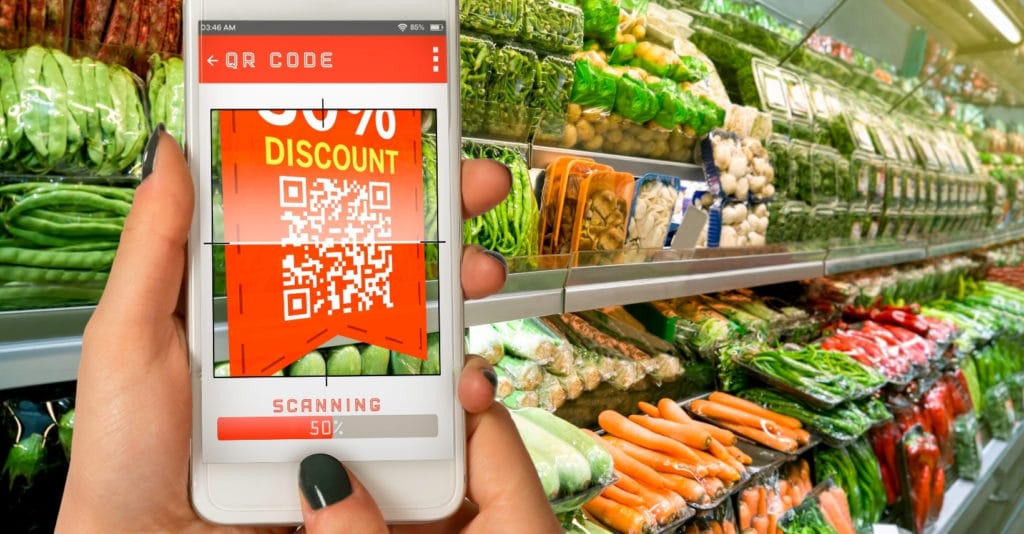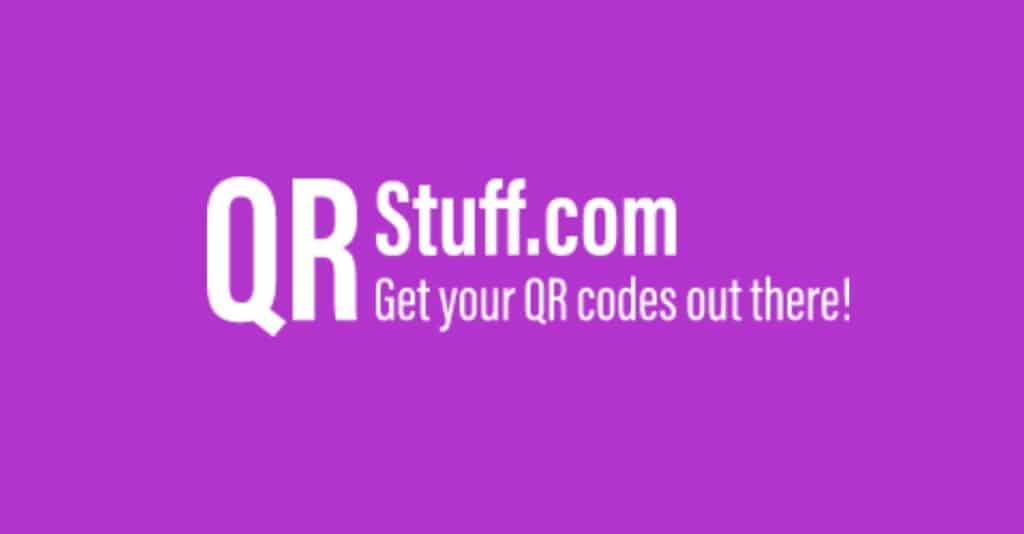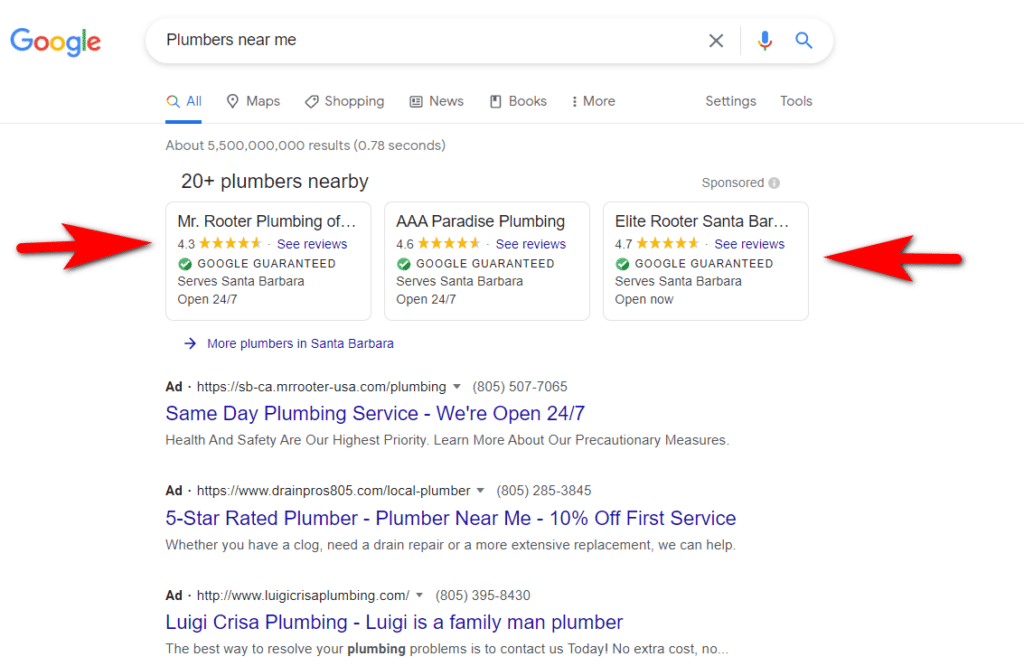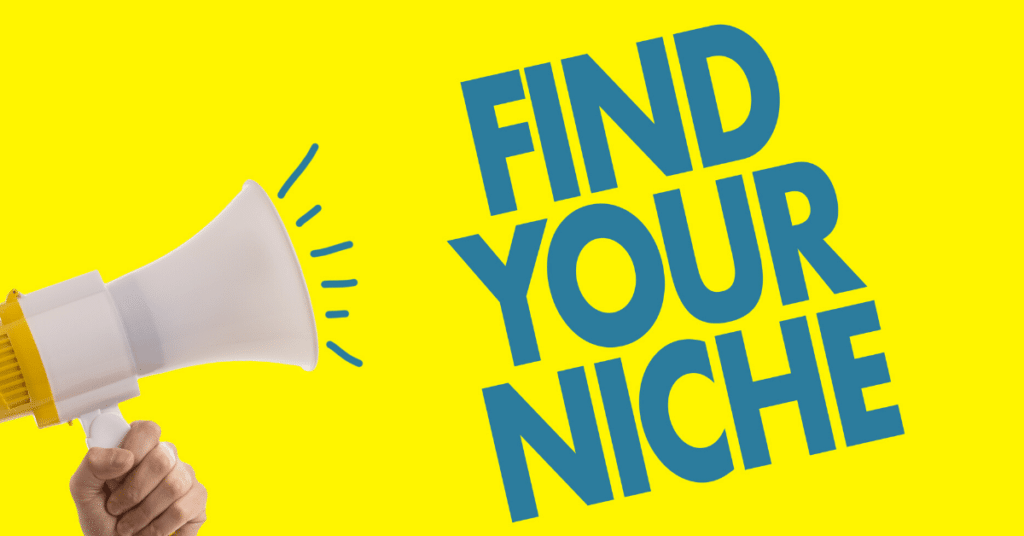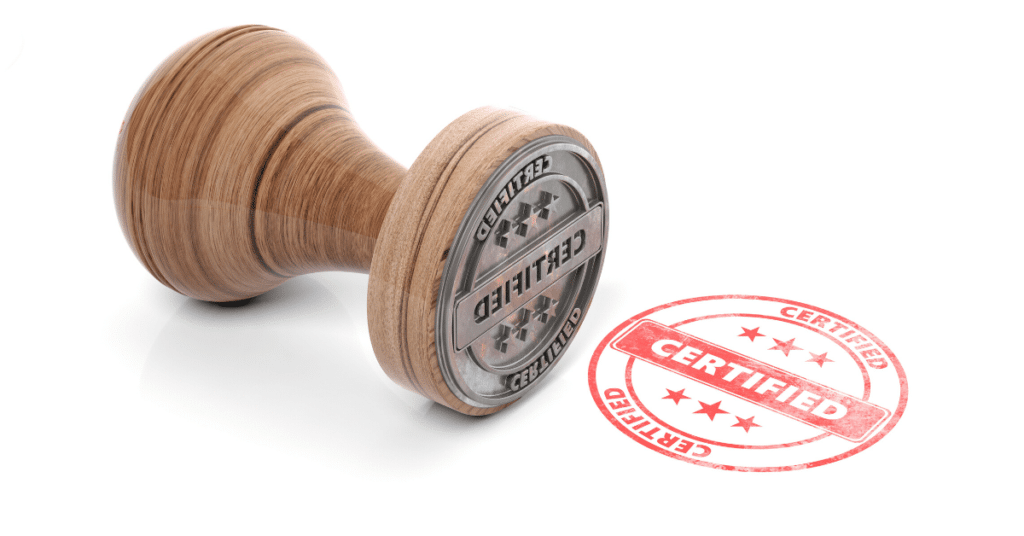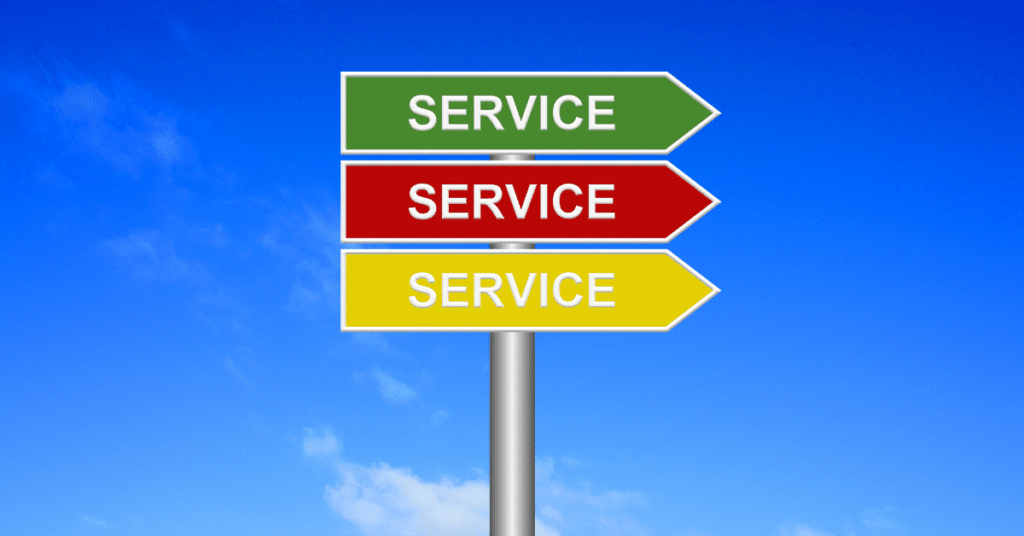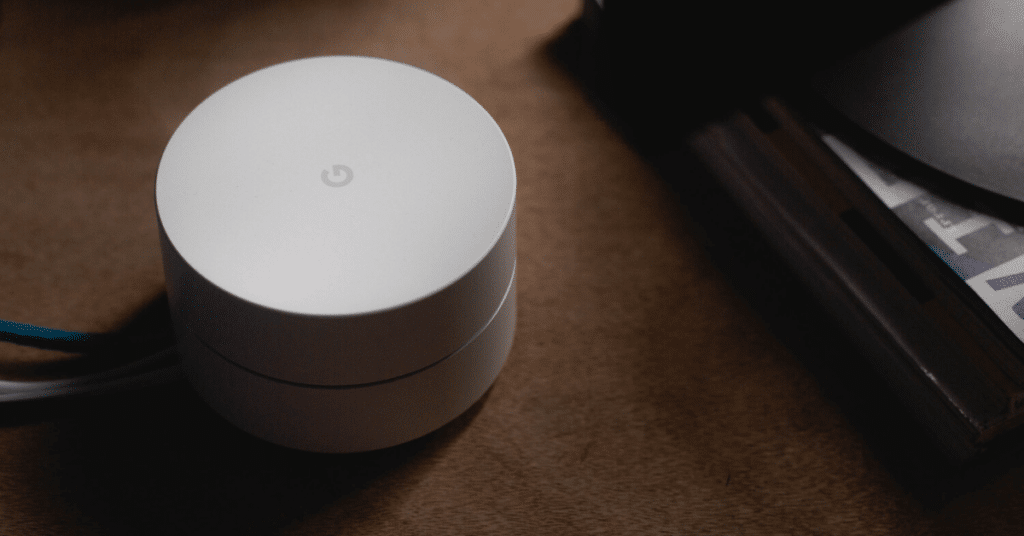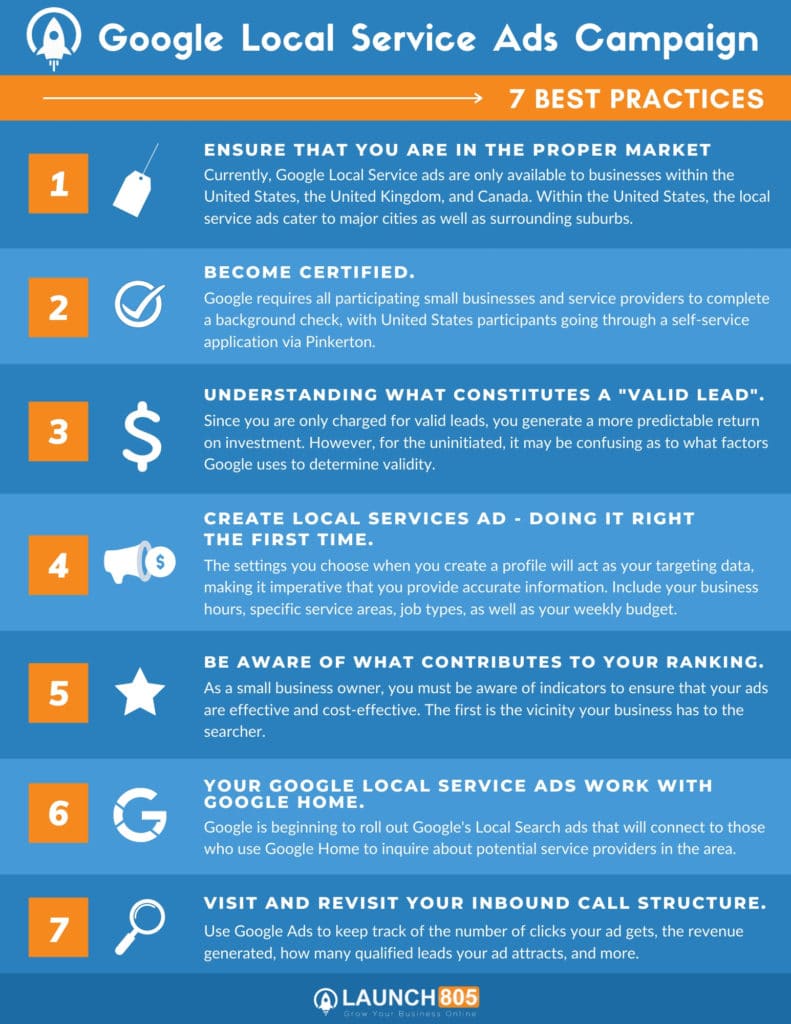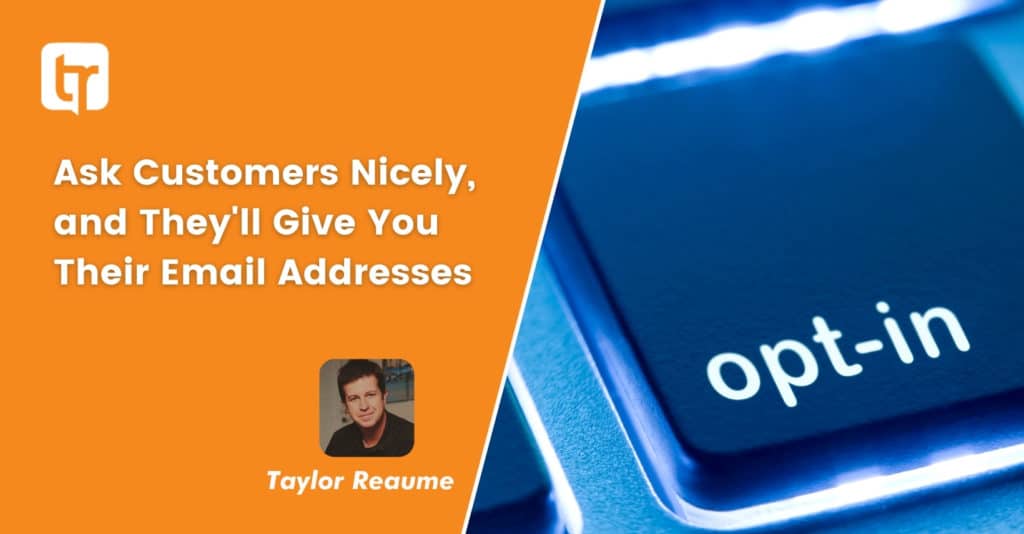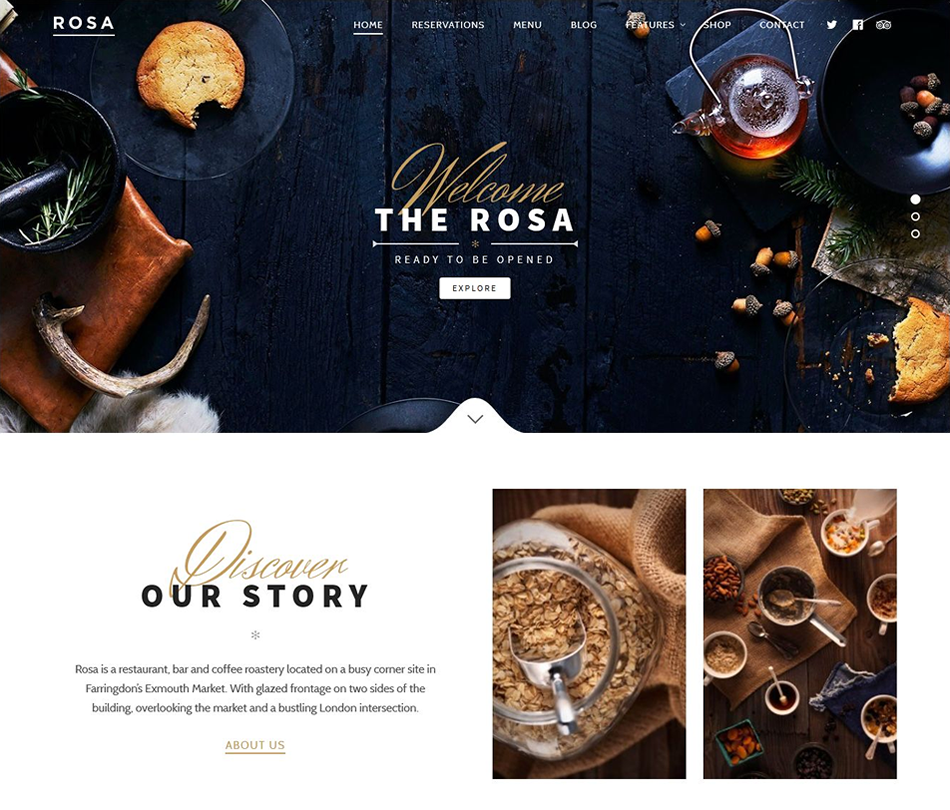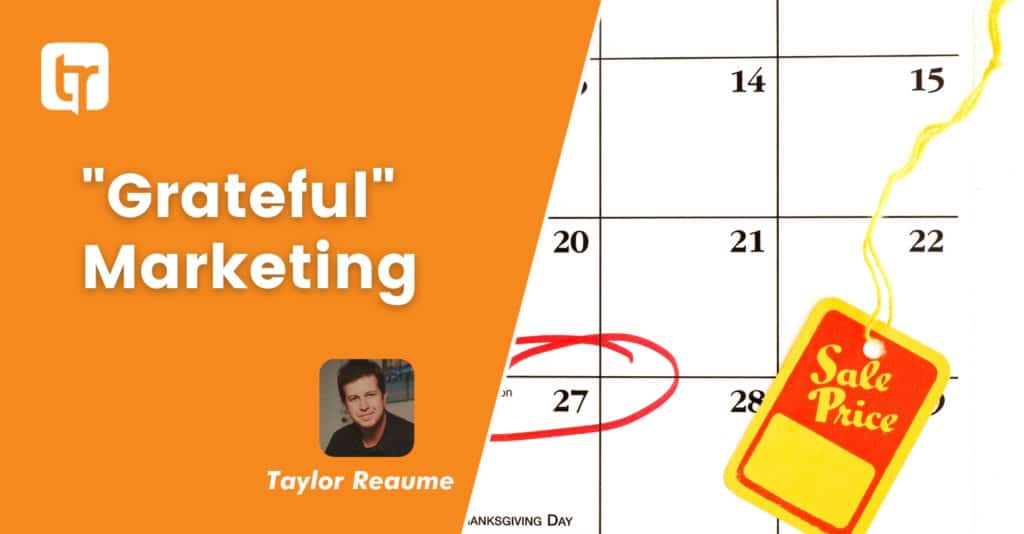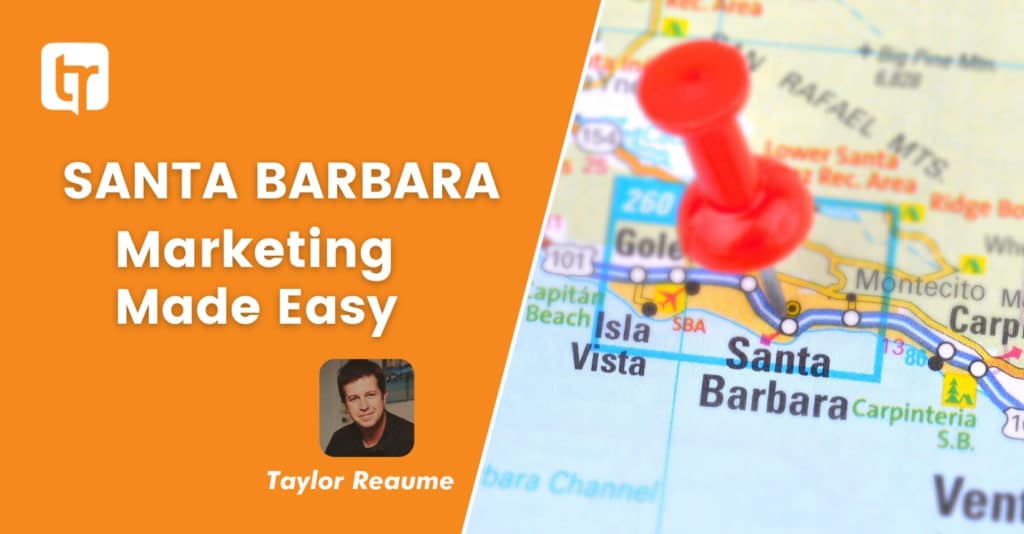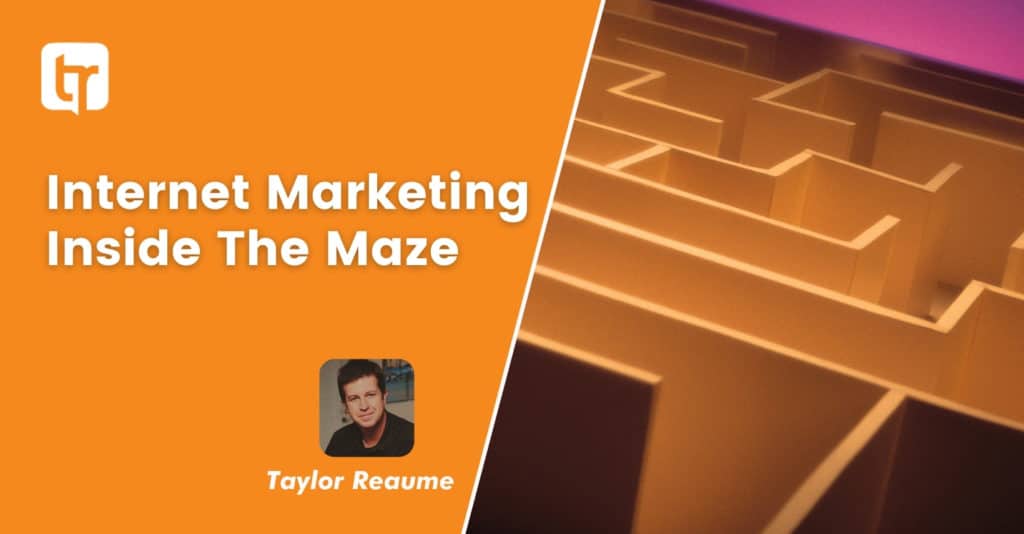How To Build Your Email List
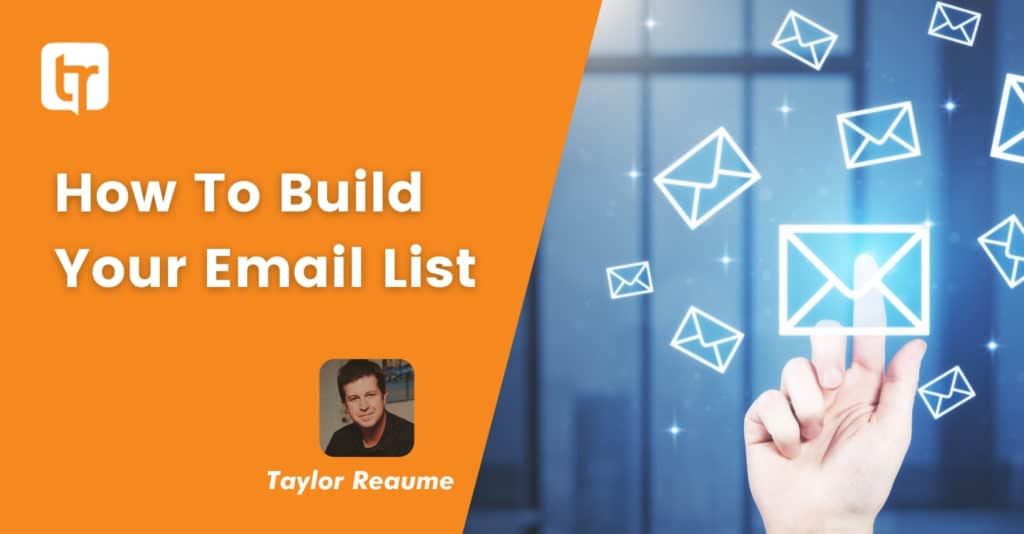
Email is sometimes seen as a lonely outcast in the online marketing world, sometimes even a joke. It just keeps plodding on behind the scenes whiles its flashier cousins get all the attention. Yet savvy marketers know that email is just as powerful now as it has always been, and deploy it as an integral part of their online strategy.
Email is the perfect way to promote your products and services, distribute interesting content, and stay in touch with prospects and customers. Carefully targeted, automated “drip” campaigns that provide information without becoming spam can take your business from an interesting idea to a possible partner in the recipient’s mind.
Here are some eye-popping email statistics to give you a better perspective:
- The number of email users continues to grow: Statista reports that there were over 4 billion email users worldwide in 2020. This number is expected to grow to almost 4.6 billion by 2025.
- Emails get opened: In 2020 email benchmarks for all industries included an average open rate of 18.0%, an average click-through rate of 2.6%, and an average click-to-open rate of 14.1%.
- They influence purchase decisions: According to consumer research, 59% of respondents say marketing emails influence their purchase decisions.
- Emails get results: Even in 2019, the ROI on email marketing campaigns was over $40! How does that compare to direct mail or your other online efforts?

Why do people unsubscribe?
Why am I starting this blog with “how to keep your list” instead of “how to build your list”? Because keeping your list is probably the most effective way to “build your list”.
It’s similar to the age old money principle; “It’s much easier to make money, that it is to keep it.”
So how do we keep our email list subscribers from opting out?
To answer that question, let’s examine sending frequency.
Research firm Marketing Sherpa surveyed the opinions of 2,000 Americans about what frequency they think is optimal for newsletters. The diagram above shows how the survey participants answered the question:
“How often would you like to receive newsletters (coupons, promotions) from the companies you’re subscribed with?”

Too frequent mailings are a sure way to lose subscribers. Your subscribers may unsubscribe simply because the emails they receive overload their inboxes. Just look at the huge selection of email customization tools that demonstrate the need for users to manage and reduce the number of emails they receive.
What is a normal unsubscribe rate?
There is no official percentage benchmark for the unsubscribing norm. It depends on each mailing campaign and the industry. That said, below is a table of industry averages which you might find interesting:
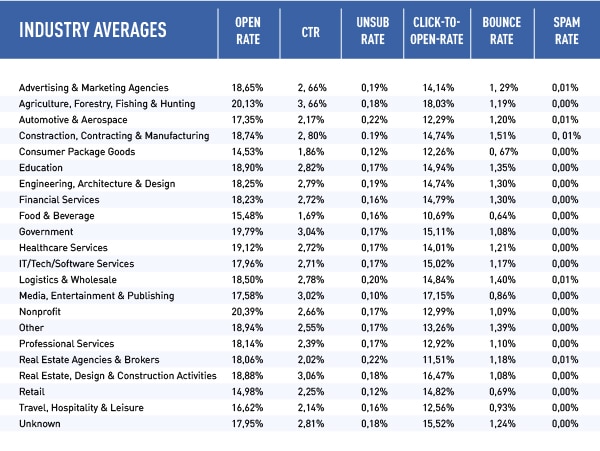
According to the Campaign Monitor research, the average unsubscribe rate in 2019 was about 0.17%. From 1000 letters sent – 1-2 people unsubscribe.
As long as the number of unsubscribes does not exceed 0.5%, everything is pretty normal. If your base is 200 subscribers, then with each submission at least one of them will unsubscribe. It’s sad, but true.
Segment your email list to lower unsubscribes.
The best way to lower the number of unsubscribes from your mailings is to segment your database. There are many different ways to do this:
- which links are clicked when they receive your email;
- which online resources are used (e-books, webinars, etc.);
- whether they participate in online events or not (webinars, for example);
- how often your emails are opened (frequency of interaction);
- where subscribers live;
- income level, psychographic data, etc.
The statistics prove the reliability of email marketing, but their effectiveness relies on the quality of your email list. Careful attention needs to be paid to adding addresses to your list, updating them as needed, sending quality content and promptly responding to unsubscribe requests.
Let’s talk about building your email list.
Probably the best way to build your email list is with a “give to get” opt in strategy.
Offer potential customers a white paper, or an infographic, in exchange for subscribing to your newsletter list. Their email goes into your database automatically, and generates a series of welcome, thank you, or content updates.
Most people jealously guard their email address because they don’t want to get on some type of “spam” list. But they do want to get worthwhile information and offers from companies that match their interests. So what can you offer that makes your company look good, and still adds value to your prospective customer?

Below are several creative ways you might consider building your list:
- Add an email opt-in form to your website: This one is simple – just ask your website visitors to subscribe to your monthly online newsletters. Once they sign-up, be sure to only send relevant, interesting content that meets their needs, though, or they might unsubscribe quickly. Make sure this offer is repeated on every page your visitors might access from their online search results.
- Use pop-ups: These are quick hits that grab a user’s attention as they begin to surf your site. Have a headline that promises something, offer a discount, or have a limited time offer. Make it very simple to fill in the email and leave it at that.
- Ask on social media: There are many creative ways to get emails from people on social media. “Give to get” email opt-in strategies are a common way to build an email list using social media. You can offer a PDF or white paper in exchange for an email address. You can use Facebook, or do a call-to-action Tweet or post on Instagram.
- Check-out process: If you offer ecommerce services, you can always ask for an email address during the checkout process. Most people don’t think twice about providing an email to a company they trusted enough to make a purchase.
- Insider Tips: Put together a one page sheet of special tips that apply to your product or service, and offer it in exchange for an email address.
- White Paper: A white paper is a deep dive into a topic of particular interest. If you own a computer store for example, a good white paper might look at various computer setups to achieve maximum office efficiency. The white paper seeks to take a complex matter and break it down with expert advice and research. It provides useful information that can help solve a particular problem, and maybe even motivate the reader to work further with your company.
- E-book: This is a more in-depth study of a particular topic. It might come in handy for analyzing many sides of a particular issue or product offering.
- Special Access: Offer to let prospects on your email list have sneak previews of new products or upcoming sales and promotions. Have a limited sale period that is available only to this list before you open it to everyone.
- Helpful Audio or Video: Is there one topic that you are always explaining to customers? You can reproduce your answer in the form of an audio or video file, and offer that as the email address incentive.
- Surveys: Ask someone to provide answers to a few questions about your product or service. Offer to provide results if they give you their email address.
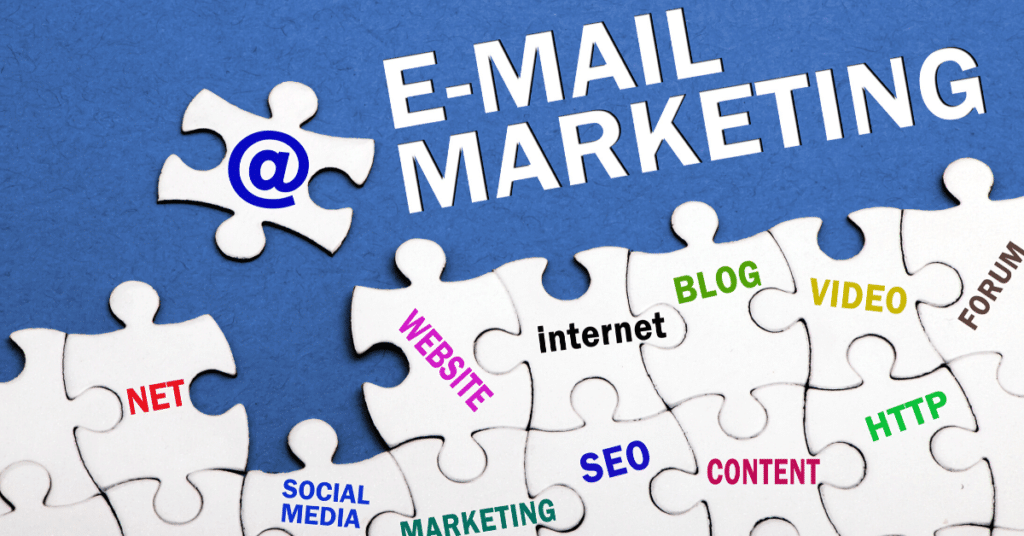
Case Studies on Building Email Lists
- Buffer, the marketing software firm, shared its strategies to double email signups in 30 days. They added eight more ways to their existing tactic, to make it ridiculously easy to sign-up for the list. Options now include slideup form, blog homepage email capture, HelloBar, sidebar ad, postscript CTA, Twitter lead generation cards, Facebook newsletter signup, SlideShare, and Qzzr.
- University of Alberta realized a 500% increase in subscribers simply by adding a chat window signup with Qualaroo. Even though their website page offered a newsletter preview, few visitors took the opportunity to actually sign-up. A pop-up chat window, however, noted their interest and provided a quick way to enter an email address.
- Sol de Janeiro, a body care company, generated 25,000 new subscribers in under five months using a layered lead capture approach that began with an offer that triggered when a prospect appeared to be ending a website session.
Automate Your Email Automation
Create specific emails to respond to certain situations, and set up your system to send them out automatically. You might have emails already created to:
- Accompany the white paper or other information you are sending.
- Follow-up on information that was sent
- Welcome a new customer
- Connect with someone you haven’t heard from lately
- Send out to those with an abandoned cart
- Celebrate milestone occasions
Use productivity tools like Constant Contact, Mailchimp or Cloud HQ to automatically schedule emails, update your database, respond to unsubscribe requests, and handle your automatic reply needs.
Start Building Your Email List Today
When you are building your email list, think about the emotions you want readers to feel. Try to put yourself in their position to see what would make you give someone your email address, and build from there.
Do you have a coveted email opt in strategy that’s worked for you in the past? Well don’t keep it a secret, that’s no fun! I’d love to hear your thoughts in the comments below.

